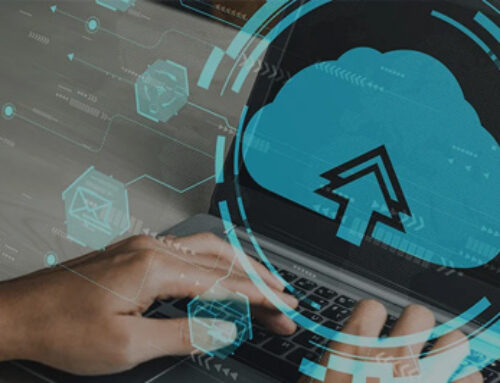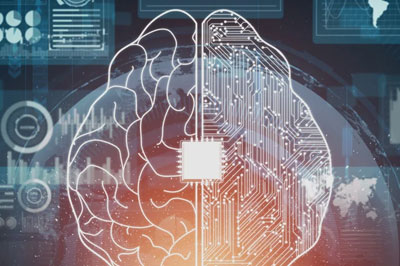By Salma Aziz on March, 22 2018

Blockchain technology has been all over the news recently. With the explosion of bitcoin usage for digital transactions, blockchain is required to track and verify every transaction made.
Though blockchain is a new area being explored and still in its infancy outside of the currency transactions, many organizations are starting to experiment with using blockchain to improve security; decrease costs; generate better insights into business processes, audits, and assets; and enhance the accuracy and legitimacy of their analytics systems.
In fact, blockchain technology has also been a topic of discussion at Ducen IT. Our data scientists had a lot to say. But let’s first introduce you to blockchain and how it works in a nutshell!
Blockchain is a network in which all participating computers/nodes share an open ledger which includes every transaction that has ever taken place for a function or account. New transactions are broadcasted to all available nodes for verification. If the majority (51%) of nodes approve the transaction, it is considered valid and is added to the ledger.
Due to the specific calculations involved, transactions are hard to reverse or modify but easy to verify. Well-governed blockchains are considered extremely secure and accurate—it takes an inordinate amount of computing resources (51% of nodes) to even potentially defraud a blockchain network.
Our data scientists identified a few use cases where Blockchain meets Big Data & Analytics:
1. Improving your fraud analytics
As a blockchain is made up of ledgers that can be publicly distributed, it has the potential to improve fraud analytics and reduce risk. As all parties have the same data set, fraud can be detected through pattern recognition and tagged by one party so that all other parties are notified immediately.
The majority rule for blockchain transactions also means that any one, fraudulent party is unlikely to ever have enough computing power to cause a problem. The use of blockchain in Fraud Analytics can be beneficial to any organization but, because of its distributed nature, multi-party transactions are likely to see the most benefit. Banks, credit card companies, and even vendors can all have the same information for tracing fraud to its source.
2. Enhancing auditing, traceability, and transparency
With blockchain, datasets become largely unchangeable and completely traceable across a distributed system. Blockchain increases the visibility and consistency of data for all participants.
Blockchains can be verified back to their source, which is especially beneficial in analytics for supply chain management. More information can be monitored through blockchain verification and related data, which improves the traceability and understanding of where products in your supply chain originated and how they made it to your organization.
“Blockchain increases the visibility and consistency of data for all participants.” Tweet this >
3. Streamlining data sharing from external sources
External data that’s imported into an internal analytics system (or any other system) is usually treated as untrusted until it can be verified by your personnel, with algorithms, and against historical data.
However, with a well-planned and governed blockchain implementation, information is always verifiable from the source and along its entire path until it reaches your internal systems. Therefore, data from multiple external sources, including clients, social media, purchased lists, and databases, can be used quickly, and with relative ease, to enhance your analytics capabilities and insights.
Find out more about how to integrate blockchain into your analytics platform. Contact us today.
ABOUT THE AUTHOR

Salma Aziz
Salma Aziz leads the go-to market strategy and collaborates with product, sales, solutions, and the marketing teams to help realize how solutions designed by Ducen accelerates business transformation.










